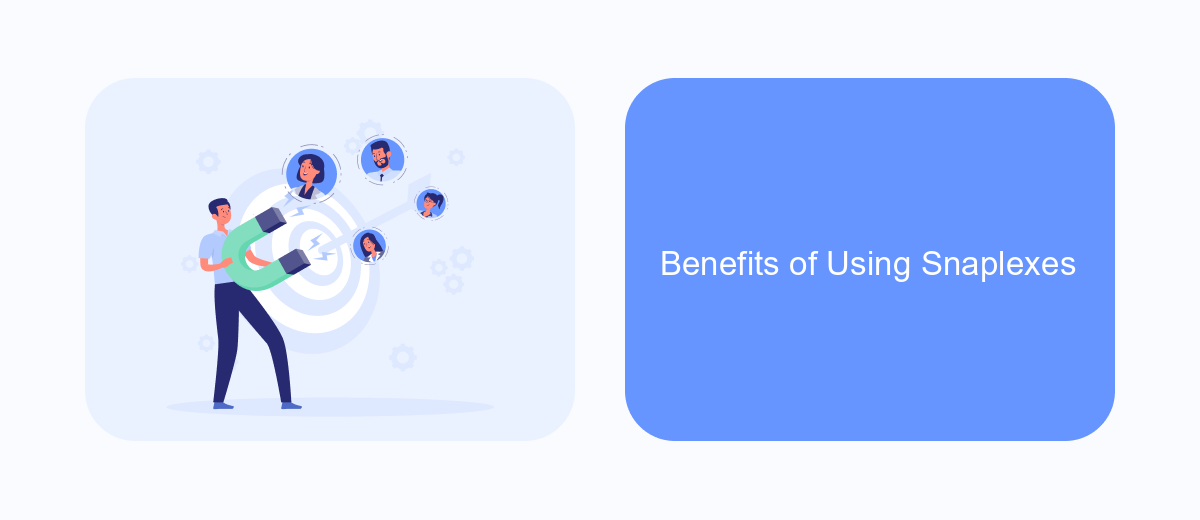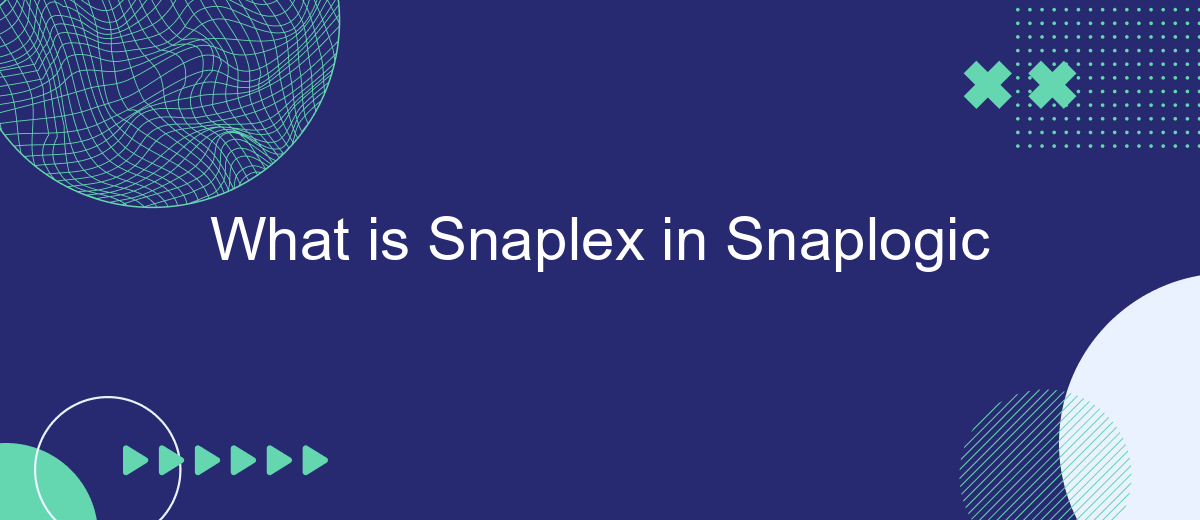Snaplex is a core component of the SnapLogic Integration Platform, designed to execute data integration pipelines efficiently. It provides the computational power to process data flows, ensuring seamless connectivity between various applications and data sources. This article delves into the functionalities, types, and benefits of Snaplex, offering insights into how it enhances the performance and scalability of your integration tasks.
Definition of Snaplex
Snaplex is a core component of the SnapLogic Integration Platform, designed to execute data and application integration pipelines. It provides a scalable and flexible execution environment that can run on-premises, in the cloud, or in hybrid configurations. Snaplex ensures that data flows seamlessly between various systems, applications, and services, enabling efficient and reliable integrations.
- Elastic Scalability: Automatically scales to handle varying workloads.
- Hybrid Deployment: Can be deployed on-premises, in the cloud, or both.
- High Availability: Ensures continuous operation and minimal downtime.
- Data Security: Implements robust security measures to protect data.
For businesses looking to streamline their integration processes further, services like SaveMyLeads can be invaluable. SaveMyLeads simplifies the integration of various applications and automates workflows, reducing the need for manual intervention. By leveraging such services alongside Snaplex, organizations can achieve more efficient and effective integration solutions, enhancing overall productivity and operational efficiency.
Components of a Snaplex

A Snaplex is a fundamental component in SnapLogic's architecture that facilitates the execution of integration tasks. It consists of multiple nodes, each contributing to the overall functionality and performance of the Snaplex. The primary components include the Snaplex Manager, which oversees the orchestration and monitoring of tasks, and the Snaplex Nodes, which execute the actual integration processes. These nodes can be deployed on-premises or in the cloud, providing flexibility and scalability to meet varying business needs.
Another crucial component is the Control Plane, which manages the configuration and administration of the Snaplex. It ensures secure communication between different nodes and the SnapLogic platform. For businesses looking to streamline their integration processes, services like SaveMyLeads can be integrated within a Snaplex to automate lead management and data synchronization. By leveraging such services, organizations can enhance their efficiency and reduce manual intervention, thereby optimizing their overall workflow.
Types of Snaplexes

Snaplexes in SnapLogic are essential components that facilitate the execution of integration pipelines. They are responsible for processing data and ensuring seamless connectivity between various systems and applications. There are different types of Snaplexes, each designed to meet specific integration needs and deployment environments.
- Cloudplex: This type of Snaplex runs in the SnapLogic Cloud. It is ideal for organizations looking to leverage cloud-based resources and minimize on-premises infrastructure. Cloudplex offers scalability, high availability, and ease of maintenance.
- Groundplex: This Snaplex runs on on-premises servers or in a private cloud. Groundplex is suitable for organizations with strict data residency requirements or those needing to process data within their own data centers. It provides control and security over data processing.
- Hybridplex: Combining the best of both Cloudplex and Groundplex, Hybridplex allows organizations to run Snaplexes in a hybrid environment. This flexibility enables seamless integration across cloud and on-premises systems, catering to diverse integration scenarios.
Choosing the right type of Snaplex depends on your organization's specific needs, such as data residency, scalability, and control. For example, if you are using a service like SaveMyLeads to automate lead processing and integration, a Cloudplex might be the most efficient choice due to its scalability and ease of use.
Benefits of Using Snaplexes

Snaplexes in Snaplogic offer a robust and scalable way to manage data integration and automation processes. One of the primary benefits is their ability to handle large volumes of data with high efficiency. This ensures that businesses can maintain seamless operations even during peak data loads.
Another significant advantage is the flexibility Snaplexes provide. They can be deployed on-premises, in the cloud, or in a hybrid environment, allowing organizations to choose the best deployment strategy that fits their infrastructure and business needs. This adaptability ensures that companies can scale their operations as required without being restricted by their deployment choice.
- High data processing efficiency
- Flexible deployment options (on-premises, cloud, hybrid)
- Scalability to handle growing data volumes
- Seamless integration with various data sources
Moreover, Snaplexes integrate seamlessly with various data sources and third-party services, such as SaveMyLeads, which helps businesses automate their lead management processes. This integration capability ensures that organizations can streamline their workflows, reduce manual efforts, and improve overall productivity.
Use Cases and Applications
Snaplex in SnapLogic is a versatile and scalable data processing engine that can be deployed both on-premises and in the cloud, making it suitable for a wide range of use cases. One common application is in data integration, where Snaplex can seamlessly connect disparate data sources, transform data, and load it into target systems. This is particularly useful in ETL (Extract, Transform, Load) processes, where businesses need to consolidate data from multiple sources into a central repository for analysis and reporting.
Another significant use case for Snaplex is in real-time data processing and application integration. For instance, services like SaveMyLeads can benefit from Snaplex by automating the transfer of lead information between various marketing and CRM platforms. This ensures that sales teams receive up-to-date lead information without manual intervention, thereby increasing efficiency and reducing the risk of errors. Additionally, Snaplex's ability to handle large volumes of data in real-time makes it ideal for IoT applications, where rapid data processing is crucial for timely decision-making.
FAQ
What is Snaplex in SnapLogic?
How does Snaplex handle scalability?
Can Snaplex be deployed on-premises?
What are the main components of Snaplex?
Is Snaplex suitable for real-time data integration?
SaveMyLeads is a simple and effective service that will help you automate routine tasks and optimize business processes. Stop wasting time uploading leads from Facebook manually – you can do it automatically, saving a lot of time and money. Eliminate routine from workflows and achieve more with minimal investment of money, effort and human resources.
